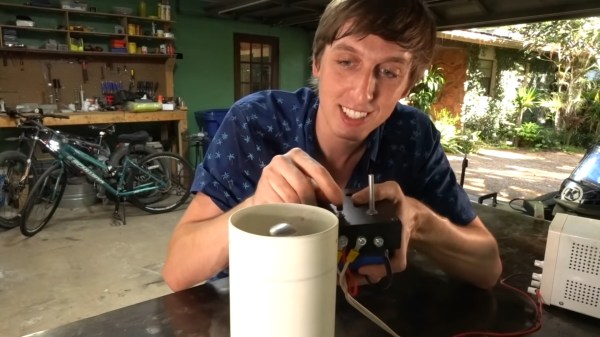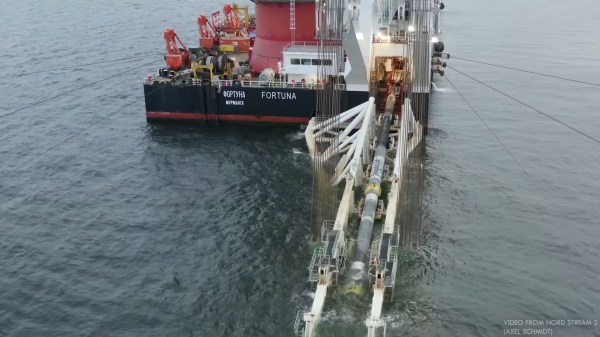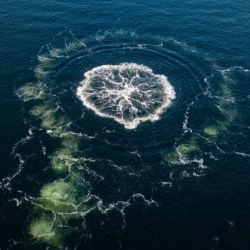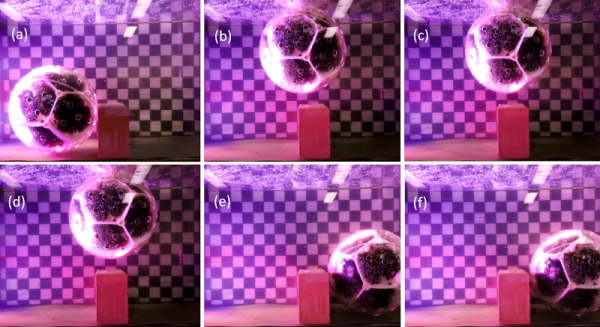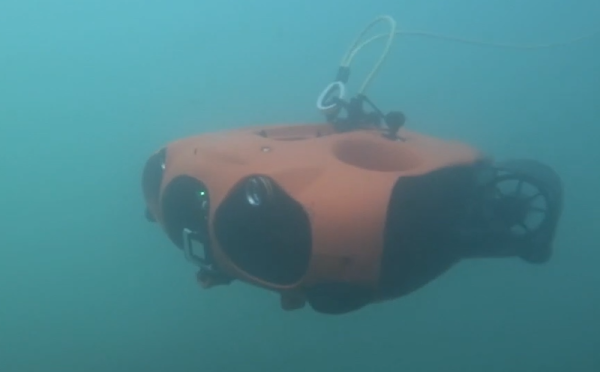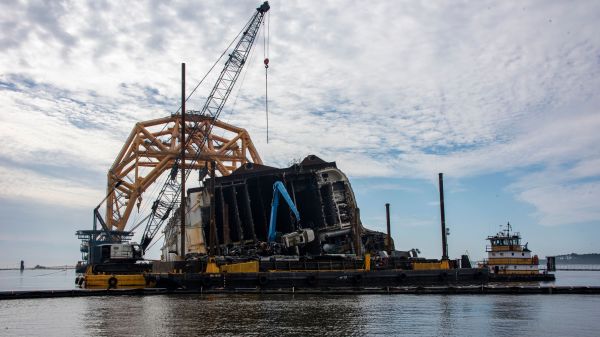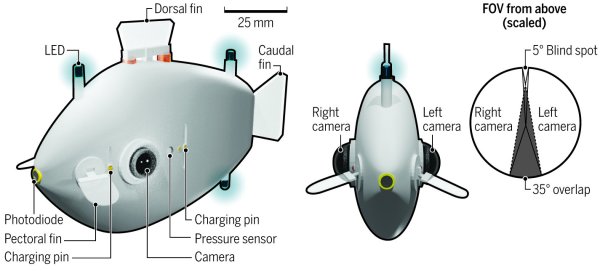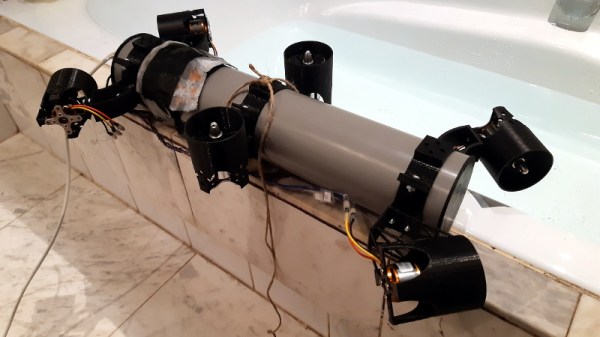When Johnny Cash wrote “Ring of Fire”, he was talking about love. But when an unnamed follower of [TheBackyardScientist] took it literally and suggested making actual rings of fire — underwater — they rose to the challenge as you can see in the video below the break.
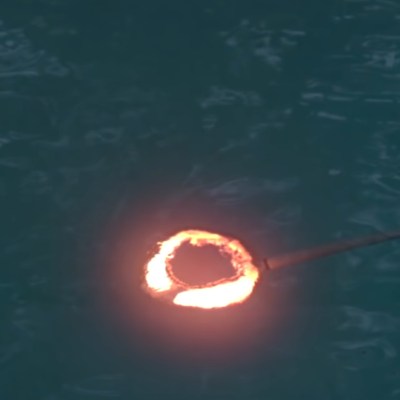 Of course there are several ingredients to underwater fire rings. First you need water, and a pool clearly does the job in this video. Second, you need flammable rings of gas. [TheBackyardScientist] decided to build a machine to create the gas rings, and it’s quite interesting to see them go through several iterations before settling on a voice coil based poppet valve design. We must say that it works absolutely swimmingly.
Of course there are several ingredients to underwater fire rings. First you need water, and a pool clearly does the job in this video. Second, you need flammable rings of gas. [TheBackyardScientist] decided to build a machine to create the gas rings, and it’s quite interesting to see them go through several iterations before settling on a voice coil based poppet valve design. We must say that it works absolutely swimmingly.
Lastly there needs to be fire. And for fire, you need something flammable, and something shocking. Forty thousands volts light up a spark plug, even underwater. The fuel is provided by what appears to be compressed air and acetylene but we’re not 100% sure. We are sure that it goes bang! quite sufficiently, as demonstrated by its aptitude for blowing things up.
We appreciated the engineering that went into the project but also the rapid iterations of ideas, the overcoming of serious obstacles and the actual science that went into the project. Even if it is just randomly making literal burning rings of fire.
Continue reading “Love Is A Burning Flame, And So Is This Underwater Burning Ring Of Fire”

